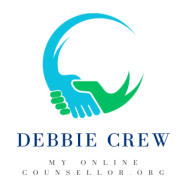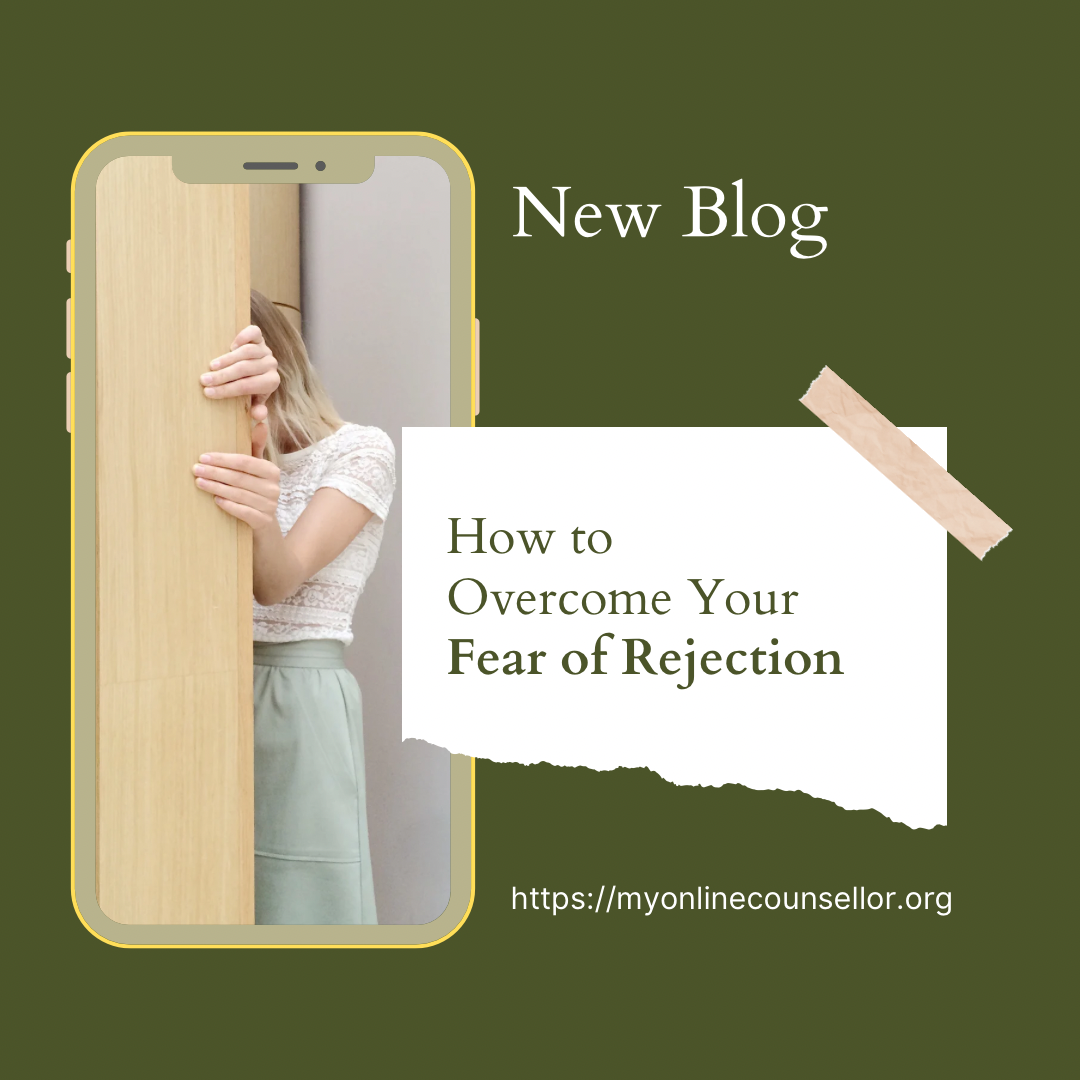Why Does Rejection Hurt So Much?
A Counsellor’s Reflection on Being Human
Rejection, it’s one of those quietly devastating feelings that can unravel even the most emotionally intelligent of us. We all like to think we’re above it, that with enough mindfulness, training, or experience, we’ll be able to rise above the sting. But the truth is, rejection is one of the most primal emotional wounds we carry. It taps into something ancient. Something wired.Even as a Counsellor, someone who spends much of her life soothing the wounds of others, I’ve found myself caught off guard by its power. Just recently, a couple I’d had an informal chat with, chose to not arrange for therapy with me. They decided to work instead with someone who specialised in faith-based counselling. I understood their reasoning, on paper. But my heart… well, it had its own story.
My mind whispered: Is it because I’m divorced?
And then, louder, came the old echo of my Irish Catholic upbringing: Maybe I wasn’t “spiritual” enough. Maybe I didn’t have the moral authority to guide them. Guilt swept in like a wave, uninvited, but oh so familiar. In that moment, my logic did a spectacular vanishing act. All the training in the world couldn’t stop that ancient, reflexive part of me from feeling cast out, not good enough, not chosen.
So… why does this happen? Why does rejection hurt?
The Evolutionary Roots of Rejection
Rejection, from an evolutionary standpoint, once meant something far more serious than a bruised ego. It meant exclusion from the tribe. And in the hunter-gatherer days, being cast out could quite literally mean death. We are biologically wired to seek connection and belonging, it’s how we survived as a species. So when rejection shows up, it doesn’t just affect our feelings, it hijacks our nervous system. Our brain reacts as if we’ve been physically wounded. In fact, studies using fMRI scans (like those by Naomi Eisenberger at UCLA) have shown that the same regions of the brain that light up during physical pain are activated during experiences of social rejection. In other words, the brain processes social pain similarly to a broken bone.
That sharp sting in your chest after being ghosted? Your brain thinks you’ve been hurt, and in a way, you have.
The Guilt, the Judgement, and the Inner Critic
For many of us, rejection doesn’t just hurt, it unleashes a whole internal storm. Guilt. Shame. Rumination. We start rewriting the event in our minds, again and again, searching for what we did wrong. This is especially true if you were raised in a culture or family system where guilt was used as a tool for shaping behaviour (hello, Irish Catholic guilt — my old friend).
What’s tricky here is that our “logic brain” — the prefrontal cortex, often goes offline during these moments. It’s not that we don’t know we’re overreacting. It’s that we can’t access the calm, rational part of us that might help us respond rather than spiral.
So what can we do when logic fails us?
How to Care for Yourself When Rejection Hits
1. Name It to Tame It
Give the feeling a name: “This is rejection. This hurts.” Labelling the emotion helps re-engage the logical part of the brain. It won’t fix the feeling, but it gives you a bit of space from it.
2. Talk to the Wound, Not Just the Thought
Instead of arguing with your thoughts (“I am a good therapist!”), talk to the emotional wound:
“This part of me feels not good enough right now. That makes sense, given my history.”
You don’t have to agree with the thought, just tend to the pain beneath it.
3. Connect With Others Who See You Clearly
Rejection can create tunnel vision. Find someone who reminds you of your worth, not because they say all the right things, but because they see you. A colleague, a friend, your own therapist — connection heals.
4. Move Your Body to Shift Your Mind
When the pain won’t lift, do something physical. Take a walk, stretch, dance, shake it off — literally. Movement helps regulate the nervous system and can shift emotional states far better than logic alone.
5. Create Beauty From the Pain
As artists, writers, musicians, and yes, even counsellors, have done throughout history, transform rejection into meaning. Journal about it. Write a letter you don’t send. Use it as compost for something new to grow.
A Little History for Perspective
This isn’t a new struggle. Even Charles Darwin wrestled with social rejection, his theories of evolution, initially ridiculed, led to years of intellectual isolation. Virginia Woolf, too, explored the pain of not belonging in her essays and fiction, tapping into what it means to be “outside the party.” And closer to our times, Brené Brown’s work on vulnerability reminds us that rejection is often the price of showing up fully, and loving fully.
In truth, rejection is not a sign that we’ve failed. It’s a sign that we care. That we’re willing to risk being seen, even when it’s uncomfortable. And maybe, just maybe, we can start to see rejection not as a verdict, but as a mirror. Reflecting what we long for, what we fear, and what old wounds still ask for healing.
So, yes. Even as counsellors, even with all the tools we fall down the rabbit hole too. But maybe that’s the point: we’re not meant to escape it. We’re meant to climb back up, each time with more compassion for ourselves… and for everyone else who’s ever felt cast out and still kept going.

